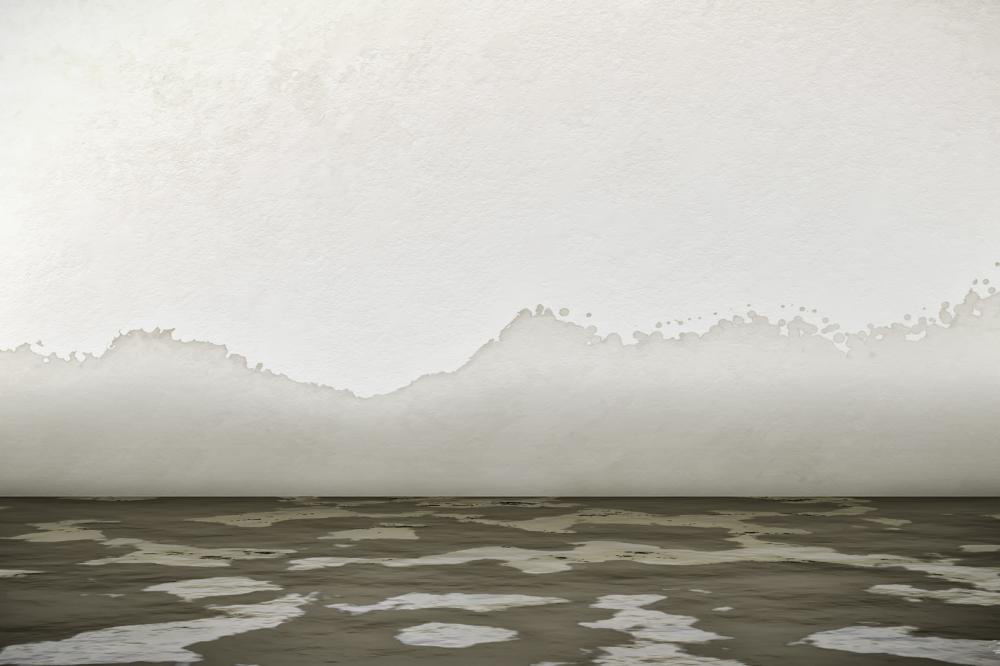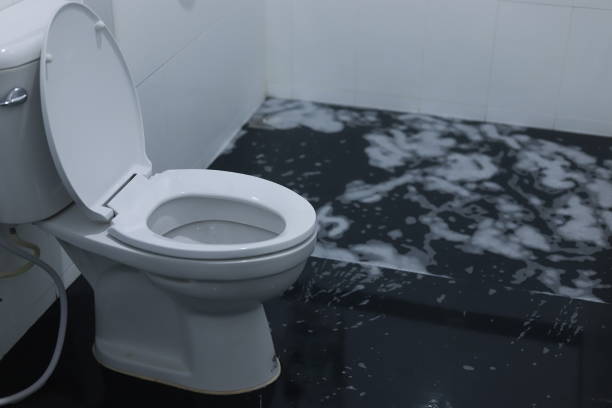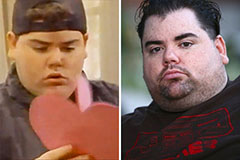We have unearthed the article about How to Repair and Prevent Bathroom Water Damage? directly below on the net and decided it made perfect sense to talk about it with you on this site.

Water damage commonly occurs in the restroom as a result of the water utilized day-to-day. Often, the damages could be a little mold and mildew from the shower. Other times, it's large damage on your floor. Whatever it is, it is constantly excellent to understand the reason as well as stop it before it occurs.
This guide will experience several of the typical causes of water damage in the restroom. We will likewise examine what you can do to prevent these reasons from damaging your bathroom. Let's dive in.
These are the common factors you would certainly have water damage in your washrooms and how you can detect them:
Excess Dampness
It's amazing to have that long shower as well as splash water while you dance around and also imitate you're performing, but occasionally these acts can trigger water damage to your restroom.
Spraying water around can create water to visit edges as well as form mold and mildews. Enjoy exactly how you spread out excess dampness around, as well as when you do it, clean it up to prevent damages.
Fractures in your wall surface ceramic tiles
Bathroom wall surface tiles have actually been particularly created for that purpose. They protect the wall surface from moisture from people taking showers. Nevertheless, they are not undestroyable.
Often, your restroom wall surface floor tiles crack as well as allow some dampness to seep into the wall. This could possibly ruin the wall surface if you don't take any kind of activity. If you see a split on your wall floor tiles, repair it quickly. Do not wait up until it ruins your wall.
Overflowing commodes and also sinks
As human beings, in some cases we make errors that could trigger some water damage in the shower room. As an example, leaving your sink tap on can cause overruning and also damages to other parts of the bathroom with dampness.
Likewise, a faulty toilet could create overflowing. For example, a damaged bathroom take care of or other parts of the cistern. When this happens, it could damage the flooring.
As quickly as you discover an overflowing sink or bathroom, call a plumbing professional to help handle it promptly.
Burst or Dripping Pipelines
There are many pipes carrying water to different parts of your shower room. Some pipes take water to the bathroom, the sink, the taps, the shower, as well as numerous various other areas. They crisscross the small location of the washroom.
Every now and then, these pipes could get rusty as well as ruptured. Various other times, human action can cause them to leak. When this happens, you'll find water in the edges of your shower room or on the wall surface.
To detect this, look out for bubbling wall surfaces, molds, or mildew. Call a professional emergency situation plumber to repair this when it occurs.
Roofing Leakages
Occasionally, the trouble of water damage to the restroom may not originate from the washroom. For instance, a roofing leakage might create damage to the washroom ceiling. You can spot the damage done by taking a look at the water stains on the ceiling.
If you locate water stains on your ceiling, examine the roof covering to see if it's harmed. After that, call a professional to aid solve the problem.
Final thought
Water damage to your bathroom can be frustrating. Nevertheless, you can manage it if you prevent several of the reasons discussed in this guide. Call a professional emergency situation plumbing if you notice any kind of extreme damage.
How to Repair a Water-Damaged Wall in the Bathroom
All you need to know to repair bathroom wall water damage – from identifying the water source to finishing the repair professionally. If you don’t act quickly to resolve a water damage problem, you could find that it develops into a mold issue and/or cause structural damage to your home. Follow this guide to repair your bathroom before it's too late.
All you need to know to repair bathroom wall water damage
Water damage is a common household problem, and one that, if left unrepaired, can quickly lead to structural problems and health issues. The two most likely rooms where water damage may occur is the bathroom and the kitchen – where water is used often and there is high humidity.
What is water damage?
It is easy to think of water damage as caused by a flood or leaking tap or burst water pipe. However, when water damage is assessed, there are three main categories into which water falls (as classified by the American National Standards Institute). These categories are defined as:
Category 1 Water – ‘Clear Water’
This is sanitary water. There is usually no major threat to health by washing with this water, drinking it, or inhaling if it is streaming. Most water that enters your home will be category 1 water, while most water leaving your home will be either category 2 or 3 water. It may also come from melting snow, rainwater and water tanks.
Damage caused by this type of water can usually be repaired or restored, though this doesn’t mean that there are no potential health issues.
Category 2 Water – ‘Grey Water’
This is contaminated water – sometimes considerably so – and will cause illness if consumed or if it comes into contact with your skin. Water damage in this category is often caused by overflows from toilet bowls, and damage to washing machines and dishwashers. While damaged items might still be repaired or restored after damage by grey water, it is more difficult and more expensive to do so.
If the water damage in your home has been caused by grey water, it is advisable to have repairs made by professionals.
Over time, grey water will deteriorate and become black water.
Category 3 Water – ‘Black Water’
Category 3 water, also known as black water, is highly contaminated and a great risk to health. This may contain raw sewage, heavy metals, and other toxic substances. It will smell terrible.
If this is the water that has caused damage in your bathroom, do not touch it. Stop the water flowing if possible, seal the room and call the experts: it really isn’t worth the risk of ill health and disease that could be fatal. It is very unlikely that items can be repaired or restored if they have been damaged by black water.
https://www.porterscleaning.com/blog/how-to-repair-a-water-damaged-wall-in-the-bathroom/

I recently found that piece of writing about How to Repair and Prevent Bathroom Water Damage? while doing research the web. Do you know somebody who is interested in the subject? Please feel free to promote it. I recognize the value of reading our article about How to Repair and Prevent Bathroom Water Damage?.
24/7 plumbing excellence.
 Amanda Bynes Then & Now!
Amanda Bynes Then & Now! Angus T. Jones Then & Now!
Angus T. Jones Then & Now! Michael Bower Then & Now!
Michael Bower Then & Now! Val Kilmer Then & Now!
Val Kilmer Then & Now! Catherine Bach Then & Now!
Catherine Bach Then & Now!